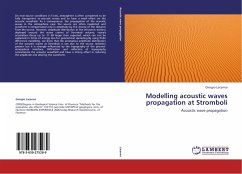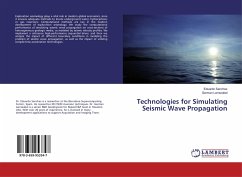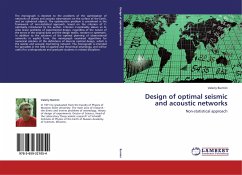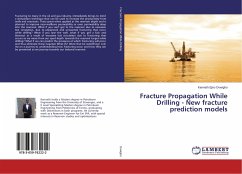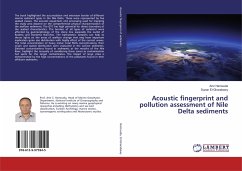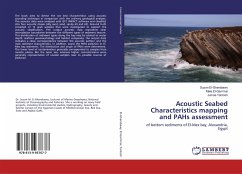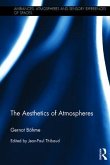On near-source conditions (5 km), atmosphere is often considered to be fully transparent to acoustic waves and to have a small effect on the acoustic wavefield. As a consequence, the propagation of the acoustic waves in the atmosphere near the source are often neglected and waveform is compensated only in amplitude by the inverse of the distance from the source. However, amplitude distribution at five infrasonic stations deployed around the active craters of Stromboli volcano, reveals anomalous decay up to -11 dB larger than expected, which can not be explained in terms of energy loss for geometrical spreading.By using finite difference modelling, we show that the anomalous amplitude distribution of the acoustic waves at Stromboli is not due to the source radiation pattern but it is strongly influenced by the topography of the ground- atmosphere interface. Diffraction and reflection of topography contaminate the acoustic wavefield and have a strong effect in reducing the amplitude and altering the waveform.
Bitte wählen Sie Ihr Anliegen aus.
Rechnungen
Retourenschein anfordern
Bestellstatus
Storno

